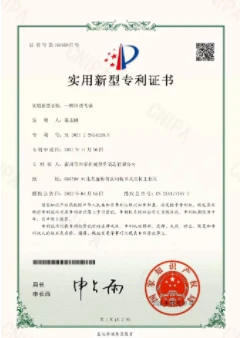As the material is processed, it passes through various stages such as reduction, flatness correction, and trimming. Reduction refers to the initial rolling process where the thickness is significantly decreased. Flatness correction ensures that the metal strip has a uniform flat profile, while trimming involves cutting the edges to remove any irregularities developed during previous stages. Advanced control systems are employed during these processes to monitor and adjust parameters dynamically, ensuring that the final product meets stringent specifications.

These machines leverage advancements in technology, including automation and computer numerical control (CNC), to enhance precision and reduce waste. Modern mobile roll forming machines can produce complex shapes and profiles on-site, enabling companies to respond quickly to changing project requirements.